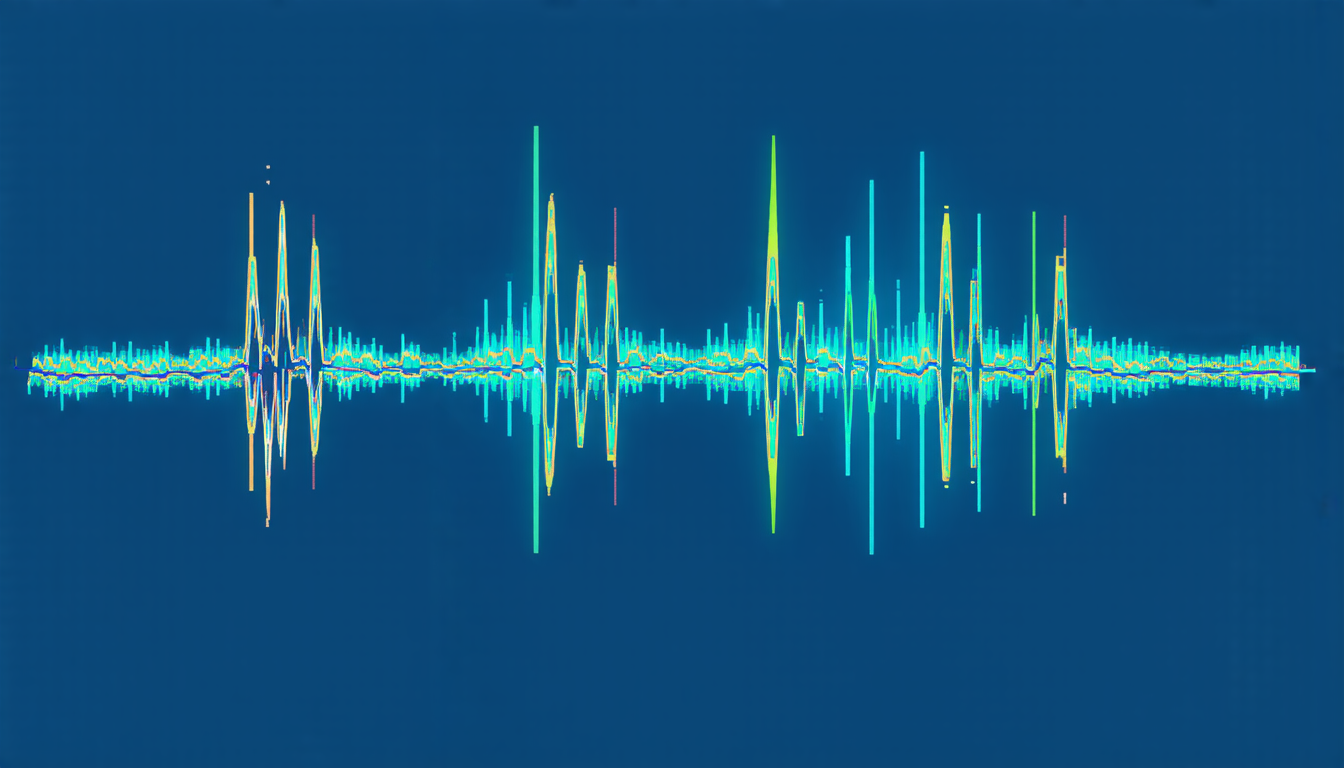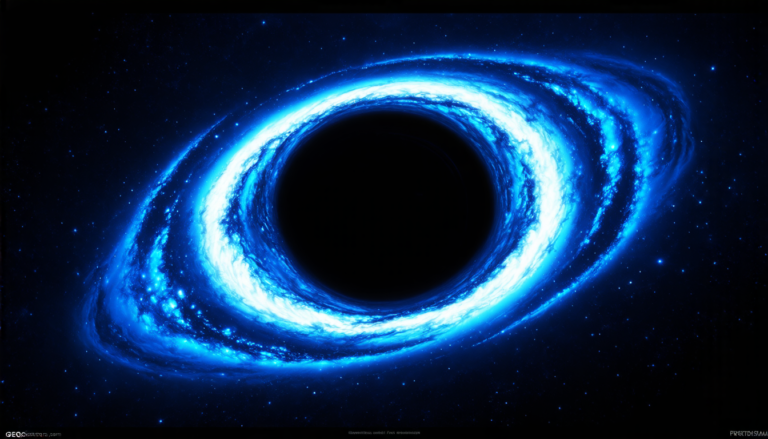Sunday 09 March 2025
A recent paper has shed new light on a simple-looking mathematical equation that has been hiding some surprising secrets. The equation, known as a nonlinear recursion, describes how a value changes over time based on its current state and a fixed constant.
At first glance, the equation may seem mundane, but researchers have discovered that it can produce a wide range of fascinating behaviors depending on the value of this constant. For example, some solutions may oscillate back and forth between two values, while others may approach a steady state over time.
The paper’s authors used computer simulations to explore the properties of these nonlinear recursions, focusing on cases where the constant is an integer. They found that as the constant increases in value, the behavior of the equation changes dramatically.
For instance, when the constant is an odd integer, the solution typically approaches a steady state over time. However, when the constant is an even integer, the solution exhibits more complex behavior, such as oscillations or divergent growth.
One of the most intriguing findings is that some solutions can become asymptotically isochronous, meaning that they repeat themselves at regular intervals without ever quite reaching a fixed point. This phenomenon occurs when the constant has a specific value that depends on its parity (whether it’s even or odd).
The researchers also discovered that the equation can be modified to produce different behaviors by introducing additional terms or changing the type of recursion used. These modifications could potentially lead to new applications in fields such as physics, biology, or economics.
While the paper’s findings may seem abstract and theoretical, they have important implications for our understanding of complex systems and how they evolve over time. By studying these simple equations, researchers can gain insights into the behavior of more complex systems and develop new tools for modeling and predicting their dynamics.
In the future, scientists hope to explore these nonlinear recursions further, using them as a starting point to investigate more complex mathematical problems. With its unique blend of simplicity and depth, this equation has the potential to reveal new secrets about the natural world and inspire innovative applications in various fields.
Cite this article: “Unlocking the Secrets of Nonlinear Recursions”, The Science Archive, 2025.
Mathematics, Nonlinear Recursions, Equations, Constant, Integer, Parity, Oscillations, Isochronous, Recursion, Complexity







